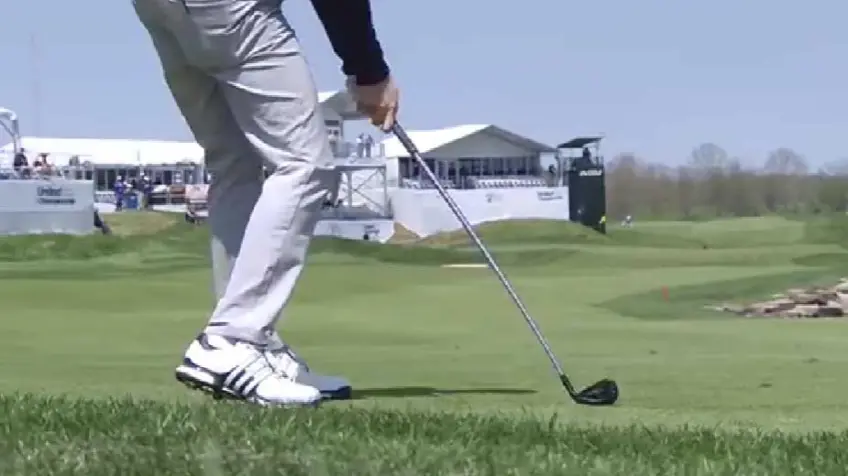Golf now dominates streaming, too. Until a few years ago, the idea that golf could become streaming content seemed almost absurd. Not for lack of allure, but because it was a sport tied to another era: one of slow live television broadcasts, baggy short-sleeved shirts, commentators who whispered as if each hole were a ritual not to be disturbed. Golf was viewed with respect, almost with awe.
But then something changed. Golf learned to speak to the world. It shed its elite persona to dress up as a show. It was a process: first came Full Swing, the Netflix documentary that brought the competition, stress, and rivalries of the PGA Tour into the homes of those who thought a birdie was just an emoji. Then came the YouTube creators. From Rick Shiels to Good Good, from Bob Does Sports to the "Netflix Cup" phenomenon, where Rory and Morikawa found themselves in a bizarre mix of golf and Formula 1.
Golf, streaming
Meanwhile, TikTok has transformed mini golf challenges into viral formats, golf influencers have multiplied, and Travis Kelce (NFL player and Taylor Swift's boyfriend) said on TV that golf relaxes him more than the Super Bowl. The result? Golf has gone mainstream. It's entered the conversation. It's stopped being an elite sport and become pop culture.
And this summer, 2025, it's definitively consecrated with two original programs that explore golf in contrasting ways, yet profoundly consistent with its new face.
On the one hand, Netflix is bringing back Happy Gilmore, the cult film starring Adam Sandler, in a sequel that mixes nostalgia, '90s comedy, and cameos from the Super Bowl halftime show. On the other hand, Apple TV+ responds with Stick, a series that focuses on slowness, melancholy, and the possibility of being reborn with a wedge in hand.
A film and a series. An overdose of nostalgia and a narrative caress. Two visions of golf, both pop, both necessary. Because today, more than ever, golf has become a universal language. And streaming is its new clubhouse.
If someone had told me we'd see Happy Gilmore again on Netflix in 2025, I would have thought of a nostalgic special or the usual soulless commercial-style remake. And instead, "The Unlikely Gilmores 2" is a strange, imperfect, and contradictory creation, but with more heart than expected. Adam Sandler returns as Happy, now fifty, out of shape, and with a tired liver. He no longer spars with Bob Barker, but struggles with guilt, addiction, and the desire to leave something good for his daughter Vienna. And to do that? Of course, he returns to the field. Because that's always where Happy solves his messes.
The film plays ping-pong between fan service and satire. There are moments that seem straight out of the '90s, others that try to speak the language of the new generations (see random cameos by Bad Bunny or Travis Kelce), and a subplot that openly parodies LIV Golf with an antagonist (played by Benny Safdie) who leads an "alternative" league called the Maxi Golf Tour, more akin to a rave than a circuit.
The cameos by PGA Tour and LIV stars are much more than mere appearances: the champions put themselves out there, poke fun at each other, and genuinely have fun. Honorable mention goes to Scottie Scheffler. Why? I'll just say that, after this, Scottie might ask for a major-sector exemption… but for stand-up comedy.
The result is a deliberately over-the-top film, in which every three minutes there's an inside joke, a return of an old character (Shooter McGavin as a retired junkie is a minor cult classic), or a hyper-charged scene. But amidst the chaos, there's also room for reflections on fatherhood, the struggle of growing up, and the price of fame.
Technically, the film isn't brilliant: the direction is functional, the cinematography flat, but anyone looking for virtuosity here is in the wrong place. This is popular cinema, ramshackle, but aware of it.
